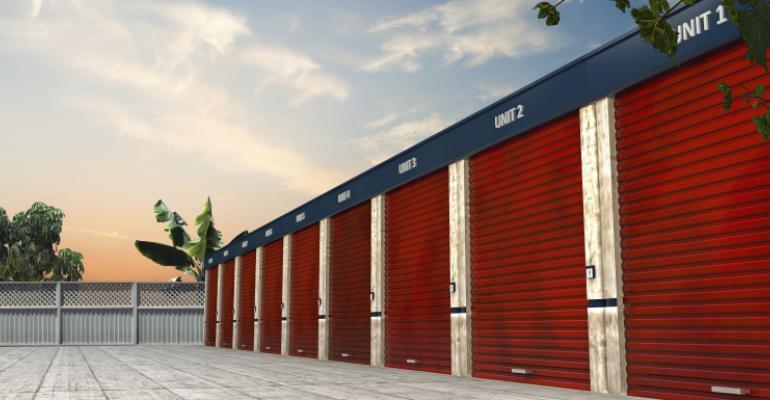Institutions continue to invest in self-storage assets, paying high prices for properties and partnering on new developments.
“There’s been tremendous activity from high-end, institutional-level capital that is entering or attempting to enter the space,” says Brian Somoza, managing director with JLL Capital Markets. “That’s been driving a fair amount of acquisitions.”
Developers plan to open new self-storage properties totaling millions of square feet in 2018. New customers are expected to rent up most of this new space, keeping average occupancy rates high and property incomes strong. With fundamentally strong demand, institutional investors keep paying high prices for properties even though buyers may take longer to close deals and are buying less than they did in 2016.
"A gap between buyer and seller pricing expectations remains open, weighing on transaction volume and elongating closing times," wrote Joel Deis, vice president and national director of the national self-storage group with brokerage firm Marcus & Millichap.
Transaction volume is down, but cap rates are declining
Investors bought and sold $4.2 billion in self-storage properties in 2017. That’s down more than a third (35 percent) from the $6.4 billion in properties that traded in 2016, according to Real Capital Analytics (RCA), a New York City-based research firm.
The big difference had to do with the fact that fewer portfolios sold in 2017. There were no giant deals last year like the $1.3 billion acquisition of LifeStorage LP by Sovran Self Storage Inc. in 2016. “Self-storage REITs have become increasingly cautious in their acquisitions,” says Somoza.
However, investors remain very interested in self-storage properties. Prices for self-storage assets are rising relative to the income produced by the properties even though fewer properties are selling. Cap rates on self-storage transactions averaged 6.3 percent in the fourth quarter of 2017, down from 6.5 percent the year before, according to RCA.
Rental rates have fallen
The same excitement that has motivated investors to buy has also motivated developers to develop new self-storage properties. They are expected to complete 48 million sq. ft. of new self-storage space in 2018. That’s more than the roughly 40 million sq. ft. that came on-line in 2017, which was also up sharply from 2016, according to Marcus & Millichap. The new construction in 2018 is expected to finally surpass the last high point of close to 45 million sq. ft. in 2004.
So far, these new properties have managed to lease their storage spaces.
“The market as a whole is well-positioned to handle the incoming construction slate, with only minor softening of fundamentals expected on the national level,” according to Marcus & Millichap. The firm’s researchers expect vacancy to average 9.7 percent by the end of 2018, only slightly higher than in 2017 and 2016. Average rents, however, are expected to climb 1.7 percent to $1.21 per sq. ft.
The top REITs the focus on self-storage properties also report strong demand, with vacancy rates averaging 8.3 percent for the REITs in the fourth quarter, down 10 basis points from the year before, according to JLL. Despite a seven-fold increase in new supply over the past four years, the publicly-traded REITs are all reporting positive growth in their net operating incomes.





